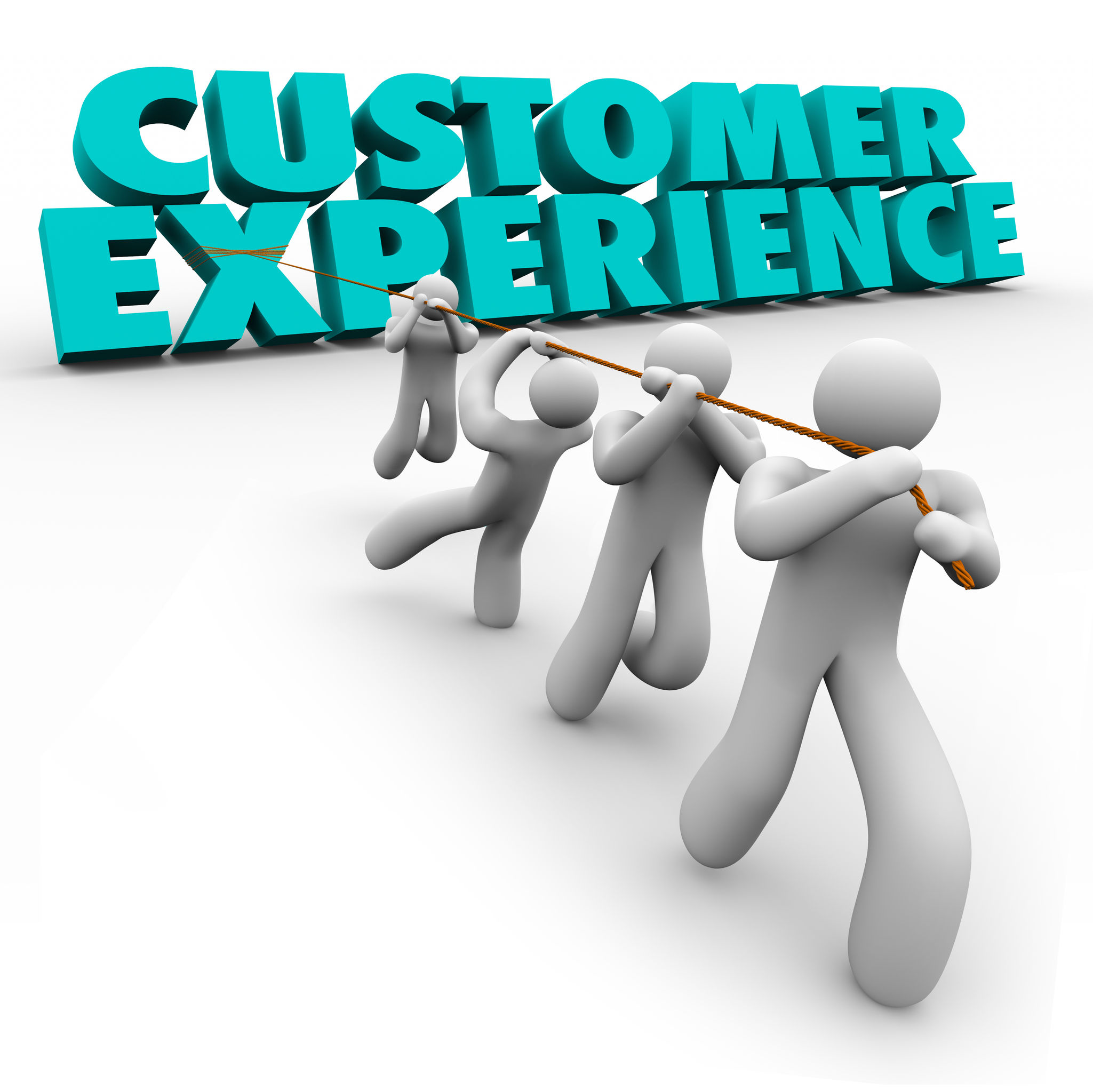Creating a great customer experience is worth the investment.
From individual touch-points through to transformational initiatives that involve your entire organisation, the simple fact is that most businesses need to improve their customer experience to clearly stand out from the crowd.
So in this article, I’ll lay out five key points on how – and why – to improve your customer experience.
1. Start small for quick wins: The temptation is there when investing in customer experience to ‘do it all at once’. While this ultimately proves beneficial, it is often too much of an ask for smaller businesses or those tight on resource and time.
Instead, consider the vital service areas of your business. Prioritise which are the most important and identify their component parts at a level of detail that is manageable. Once the most vital areas of your business are identified, you can then begin to examine each area in detail for potential improvements.
This can be made easier by creating what The Power of Business Process Improvement calls a ‘process inventory’ – a list of all business processes within your company. We all know business is never simple in reality; a manager or director will constantly be juggling tasks and priorities. A process inventory will allow you to see clearly what activities are ongoing in your business, and is the starting point for prioritising which areas need improvement the most.
We all know business is never simple in reality; a manager or director will constantly be juggling tasks and priorities.
What’s the benefit? Starting at this point offers your business a series of quick wins. The creation (or refinement) of a process inventory usually uncovers surprising inefficiencies that were staring you in the face the whole time; these can be fixed quickly and with minimal cost.
2. Analyse the full customer journey: If your business is looking for the ‘next step’ in improving customer experience, it may be time to think about the customer journey. This is the full timeline from the perspective of your customer, instead of just a specific experience moment or ‘touch point’.
The 2013 Harvard Business Review publication The Truth About Customer Experience concludes that executive sessions where important processes are broken down can provide quick wins, but truly powerful results come when the full customer journey is considered, and any available data reviewed to create insights into the entirety of the customer experience.
Such a thorough approach will take time, but it’s worth it. Roadmaps for all involved journeys need to be created, and these must be reinforced by evaluations of the business impact of addressing them. Research and direct interaction with customers through surveys and polls are also invaluable at this stage, helping to lead to a practical set of tasks that guide optimisation and establish priorities for improving the customer journey.
This strategic approach may unlock tremendous improvements but may be prohibitively expensive to engage in. Consider this a strategic level of investment against the smaller-scale quick wins approach – one of the two will show itself to be ideal for your business at present.
3. Align priorities: Your customers often have different priorities than you – it’s one of the basic facts of business. As you spend more time investing in the customer experience, it becomes increasingly important that your marketing and sales activities speak with the same voice.
What does this mean?
Simply put, you need to be clear about what is being done to improve the experience at a given time, and you need to be sure that your whole business is aware.
Let’s say you have found a real issue with a face-to-face element of your customer’s experience. Certain language is inappropriate, or details may be missed – or provided in excess, making things confusing. You fix this issue but forget to change your automated and marketing emails. They have the same problems in them. A classic example of a touch-point being fixed, but the wider journey being ignored.
Simply put, you need to be clear about what is being done to improve the experience at a given time, and you need to be sure that your whole business is aware.
This issue can stretch beyond customer service all the way through to your products. As an example, let’s imagine you have a new component in a car engine that makes it more powerful and is cheaper to produce. You want to push this new product, but you find that your customers prefer an older model that is more reliable.
What do you do in this case? You consider the goals and priorities of your customer and you align your products with them. Instead of pushing that new engine component on the customer when they don’t want it, you instead focus on promoting the reliability of your existing product range. This is the cornerstone of good business, and it works.
4. Make it easy with technology: Disney are fairly regarded as masters of the customer experience. Their flagship attraction Disneyland Paris was reviewed in the American Marketing Association Journal of Marketing: Vol. 80 and the observations were valuable indeed. One area of particular interest is their use of technology to remove and reduce ‘friction’ at key points in their customer journey. This is done using Magic Bands – small individualised bracelets (and related online tool) for each visitor.

In addition to allowing seamless purchasing, swiping onto rides and entering hotel areas, the bracelets are used to push and pull information. Disney actors can use the sensors in the device to locate visitors for pre-arranged meet and greets, and automatic cues can be established such as the sending of a coupon should a guest remain in a queue for too long.
We already discussed identifying the quick wins and deeper issues with your businesses customer journey. It’s important to keep in mind how valuable technology can be in fixing these. Disney knew they wanted one thing in their customer experience at the resort: effortless enjoyment. They achieved this by using technology in a simplified way to provide a great customer experience.
How many different areas of customer data do you maintain and interact with? Can those be reduced? Can you make life easy for your customers and clients in any new way? Have you researched the latest hardware and software to see what might be useful?
All important questions to ask yourself.
5. Involve all levels of staff: Different things matter to different people; true in business and in life. Throughout this article so far, we have touched upon the subject of buy-in within your company. It’s important to keep in mind that your staff will have different priorities. Something that is interesting on a strategic scale to an executive might mean little to a customer-facing employee.
If you blindly demand your staff to overhaul their work due to demands and pressures they never see, your results will be limited.
How, then, can you bridge this gap?
As the saying goes, you lead from the front. When brainstorming journeys and touch points, consider arranging meetings involving executive and lower-level employees together. Both have unique perspectives on the customer journey, and by encouraging and empowering staff to contribute alongside senior managers and executives you improve buy-in.
Instead of less senior employees feeling disinterested in yet another management project, they will become advocates of the work and will develop a sense of pride and involvement in it.
Instead of less senior employees feeling disinterested in yet another management project, they will become advocates of the work and will develop a sense of pride and involvement in it.
This will make a real difference to your efforts. Overhauling the customer experience often demands much from your organisation. It challenges and engages at many different points, and by involving employees at all levels you create a ‘buzz’ that fuels innovation and continuous improvement.
In pursuit of the perfect experience
There are endless ways to improve the customer experience and the wider customer journey. Whether you are in the market for a quick win or are ready to dig deeper into the subject, you are sure to find return on investment that will define your brand and make profits soar.
As business owners, that scalability is a gift. Instead of being held back by lack of resources, you can experiment and invest according to your resources. In time, the most modest of beginnings will set your business on the path to becoming a stand-out champion of the customer – a mutually beneficial and highly profitable future.

